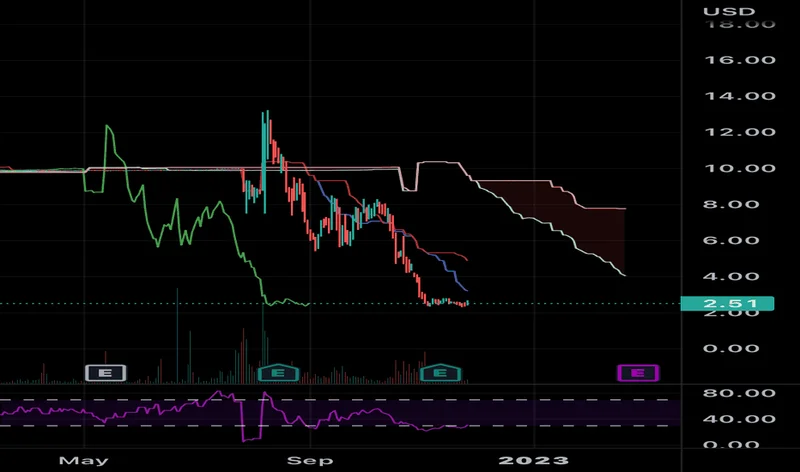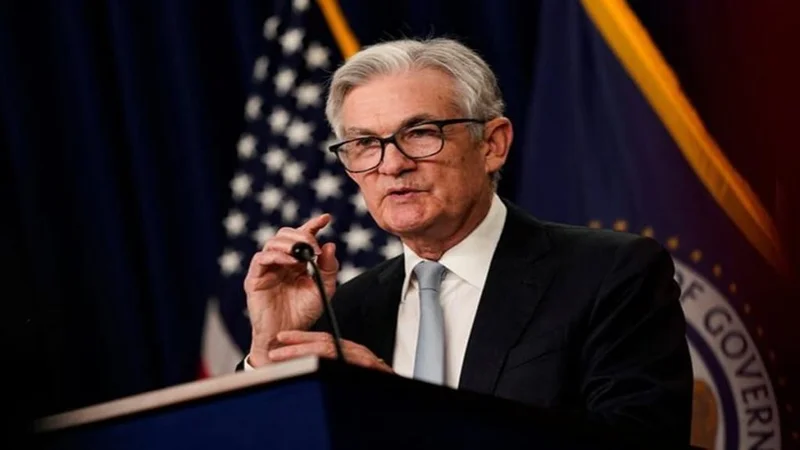The Delivery Economy: Who's Actually Winning and the Real Cost of Convenience
Generated Title: UPS Admits Defeat, Crawls Back to USPS After Botched Delivery Strategy
It’s being framed as a reunion, a strategic partnership, a “win-win-win.” But when you strip away the corporate jargon from UPS’s announcement that it’s rekindling its last-mile delivery relationship with the U.S. Postal Service, the numbers tell a much simpler, more brutal story. This isn’t a partnership of equals; it’s a retreat. After a brief and costly attempt to go it alone, UPS is tacitly admitting its own network can’t handle the punishing economics of low-cost e-commerce delivery.
The tentative agreement to have USPS handle the final, most expensive leg of its Ground Saver shipments is the quiet epilogue to a very loud strategic error. Less than a year ago, UPS severed a similar, long-standing deal with the postal service, known then as SurePost. The logic, at least on the surface, seemed sound. The USPS had raised its rates, narrowing the cost gap. UPS management, confident in its own operational prowess, determined it could insource that final mile, control the entire process, and provide a better service.
It was a bold bet on the power of vertical integration. It was also a complete miscalculation of the single most important variable in logistics: density.
The Anatomy of a Miscalculation
The thesis behind bringing Ground Saver in-house was that by controlling the entire journey of a package, UPS could optimize routes and cut stops. The reality proved far more complex. Delivering a high volume of low-value e-commerce packages to dispersed residential addresses is a fundamentally different business than their core B2B operations. It’s a game of pennies, where the cost per stop is everything. The USPS, with its legally mandated duty to visit virtually every address in the country six days a week, has a structural advantage in density that no private carrier can replicate. It’s like a utility company laying a single set of pipes for the entire city; adding one more customer is incrementally cheap. For UPS, every new residential stop is a new cost center.
The financial fallout was immediate and clear. In the second quarter alone, delivery expenses ballooned by $85 million specifically because UPS couldn’t consolidate enough stops to make the economics work. That figure is the smoking gun. It’s the data point that reveals the entire experiment was bleeding cash.
The company’s reaction was even more telling. Instead of absorbing the loss or finding deeper efficiencies, UPS significantly raised rates on Ground Saver, its budget-tier product. This move effectively destroyed the service’s entire value proposition. It’s the equivalent of a budget airline suddenly charging premium prices for a middle seat; the entire reason for its existence vanishes. Retailers, who absorb shipping costs over 90% of the time to prevent cart abandonment, are pathologically focused on finding the lowest-cost option. A day or two of faster transit time is irrelevant when the alternative is free. They fled.

The result was a collapse. In the third quarter, Ground Saver’s average daily volume plummeted by more than 30%—to be more exact, 32.7% year-over-year. A decline of that magnitude isn’t a market fluctuation; it’s a vote of no confidence.
A Narrative at Odds with the Numbers
During the analyst call, CEO Carol Tomé attributed the staggering volume drop to a planned “glide down” of unprofitable Amazon business (a planned decoupling set to be completed by mid-2026) and a reduction in volume from Chinese e-commerce giants like Temu and Shein. And this is the part of the report that I find genuinely puzzling. I've looked at hundreds of these filings, and while those factors are certainly real, attributing a 32.7% volume collapse almost entirely to a planned reduction of specific accounts feels… incomplete. It sidesteps the more painful admission that the price hikes drove away the very customers the service was designed for.
How much of that 32.7% was the planned Amazon reduction, and how much was organic customer flight? The company hasn’t provided that breakdown, and without it, the official narrative is difficult to verify. It leaves a critical question unanswered.
Tomé framed the return to the USPS as a creative solution, a “win-win-win relationship” forged with the new Postmaster General, David Steiner. “The way to do that is to leverage what they’re best at, which is final mile, and what we’re best at, which is middle mile,” she explained. This is tidy corporate storytelling, but it glosses over the fact that they just spent the better part of a year trying, and failing, to prove they were best at the final mile, too.
Satish Jindel, president of the consultancy ShipMatrix, offered a more clinical diagnosis. He stated this move is an acknowledgment that UPS’s cost structure, with its unionized drivers, simply “can’t compete in B2C delivery.” He points out the obvious: UPS is struggling to make money on ground packages at the rates customers are willing to pay. The competition isn’t just FedEx; it’s a sprawling ecosystem of `Amazon delivery` drivers, gig workers for `DoorDash` and `Uber Eats`, and countless regional couriers. The market has decided what a low-priority residential `delivery` is worth, and UPS’s internal costs are higher than that number.
This isn’t just about Ground Saver. The deal also pulls UPS Mail Innovations—a service for lightweight parcels that also suffered after losing its discounted USPS pricing—back into the fold. It’s a systemic problem across their low-margin products. The financial benefits of this reunion, incidentally, aren’t even expected until the second half of 2026. This is a long, slow course correction, not a quick fix.
A Forced Correction, Not a Strategic Pivot
Let’s be clear. This is not a story of innovative collaboration. It’s the story of a corporate giant that overestimated its own efficiency, got punched in the mouth by the unforgiving math of last-mile logistics, and is now returning to the only partner that can absorb the costs. The decision to insource Ground Saver wasn't just a strategic misstep; it was a multi-million-dollar experiment that yielded a definitive, negative result. The data is unambiguous.
The “win-win-win” narrative is a necessary piece of corporate diplomacy, but the reality is that UPS had no other choice. They were losing volume, bleeding money on the volume they kept, and alienating customers. Returning to the USPS wasn’t one of several options on the table; it was the only one left. This episode reveals a core vulnerability for UPS: its premium, high-cost network is a powerful asset for B2B and time-sensitive shipping, but it’s an albatross in the cutthroat world of cheap, direct-to-consumer e-commerce. And in the long run, which market do you think is growing faster?
Related Articles
Cloud Investments: Reality vs. Hype and What We Know
Generated Title: Kyndryl's Cloud Bet: Savvy Move or Desperate Gamble? Kyndryl, formerly IBM’s infras...
The D-Wave (QBTS) Quantum Breakthrough: What This Surge *Really* Means for the Future
Of course. Here is the feature article, written from the persona of Dr. Aris Thorne. * You’ve seen t...
Palantir Crosses the $1 Billion Revenue Mark: What Their Tech Means for Tomorrow
There are moments in technology, true inflection points, that feel less like a product launch and mo...
GOOGL Stock: Unlocking Its Visionary Potential Among Tech Titans
Look around you. Everywhere you turn, there’s a hum of anticipation, a palpable energy in the air. W...
Powell's Speech: Decoding the Market Impact and Future Rate Cuts
All eyes are on Washington, D.C. tomorrow. Not on Congress, not on the White House, but on a single...
Adrena: What It Is, and Why It Represents a Paradigm Shift
I spend my days looking at data, searching for the patterns that signal our future. Usually, that me...




